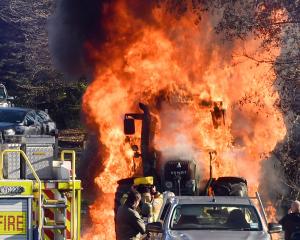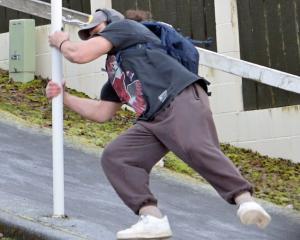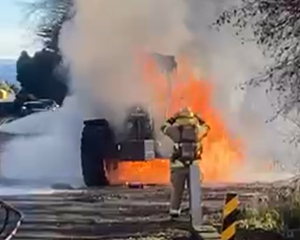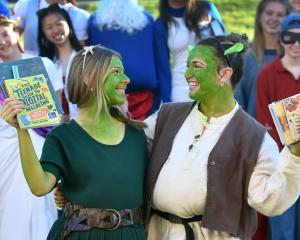One of the chicks, which is 74 days old, is recuperating at the Dunedin Wildlife Hospital after a recent leg surgery.
It was originally sent there at about 16 days old after its mother stomped on and broke its leg on Anchor Island.
After some healing time, the chick was sent back to the island, but rangers later noticed the leg was starting to twist abnormally.
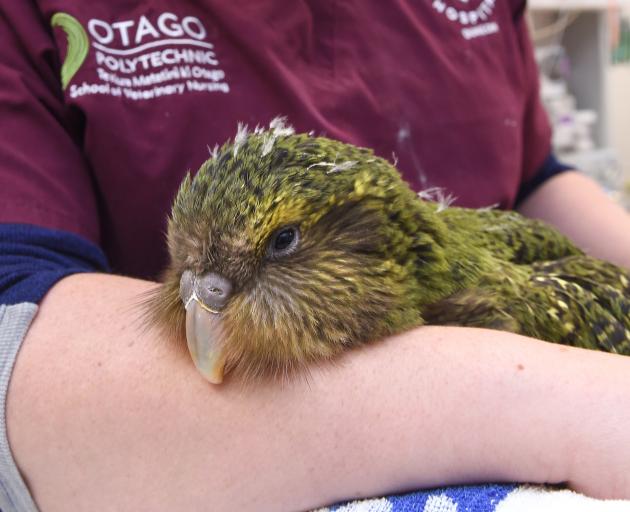
It was returned to the hospital a few weeks ago.
Hospital founder Dr Lisa Argilla said she performed a corrective surgery known as a wedge osteotomy, which involved re-breaking at the fracture site, removing some bone and realigning the leg. A brace was used to stabilise the leg with pins through the bone.
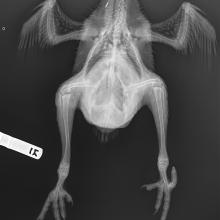
The two are becoming good friends.
"Which has been really good for our little Queenie chick because you don't want to hand-rear them."
The chick was extremely active.
"Which is not really conducive to looking after a fracture. With a human you'd say bed rest, use crutches."
The young bird was not listening to instructions and was climbing over things, trying to get back to her friend.
Dr Argilla had to make the decision this week to take her off pain relief equipment and return her to the other bird's cage - "she calmed down a lot after that".
This comes at a time when despite a bumper breeding season, the dangerous fungal disease aspergillosis has spread on Whenua Hou Island.

It has caused the deaths of three chicks and an adult in the past three weeks and at least five more are being inspected.
"And it's starting to affect the adults, which is really scary - we don't want to lose them."
There are only 144 kakapo adults and 73 chicks.
Dr Argilla said it was important to focus on the "amazing successes".
The hospital had helped with the breeding season since early February by taking the first batch of chicks so parents could breed again in the same season.
It provided further support with sick and injured chicks.
Hospital trust chairman Steve Walker said it was proud of the pioneering and innovative work from a "hard working hospital team who are making such a critical difference to so many of NZ's endangered species".





